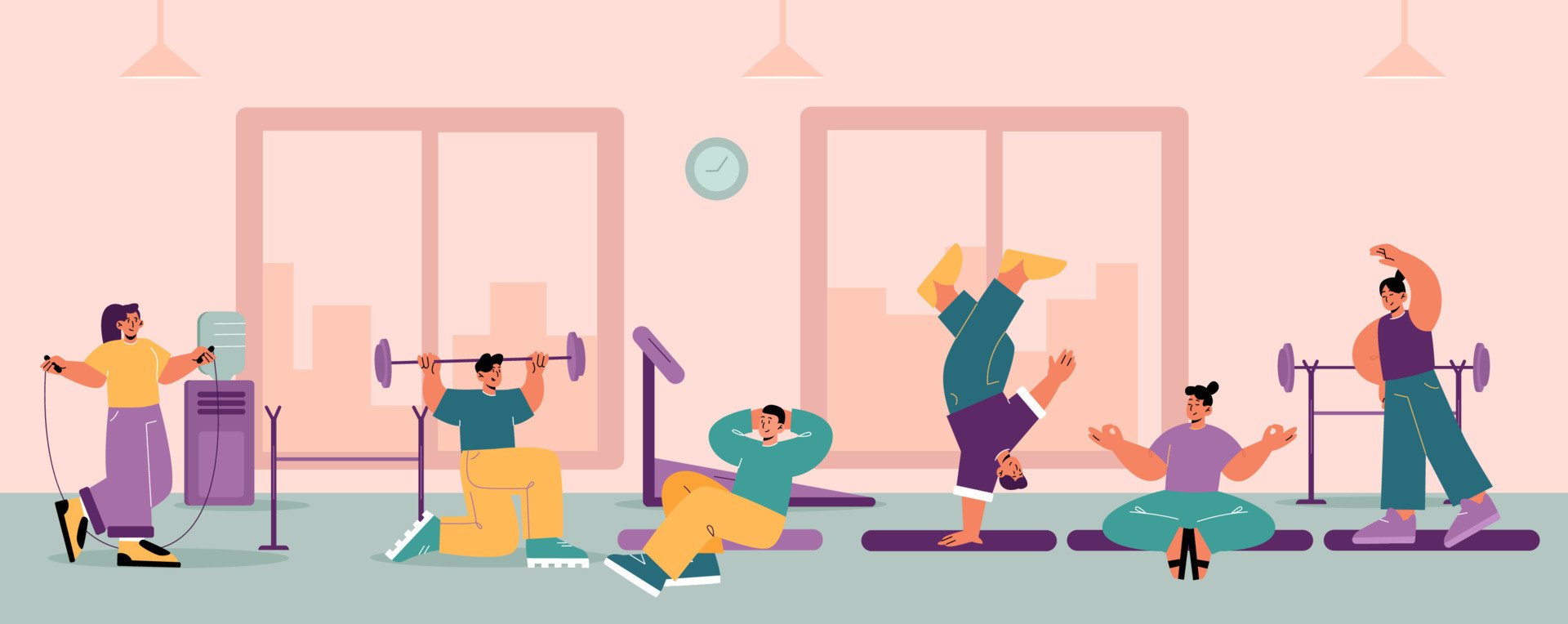Fitness
Young adults are prioritizing spending on fitness, should you follow suit? | The Express Tribune

As a rule of thumb financial experts generally suggest spending no more than 30% of income on rent and allotting 20% to savings. But what about budgeting for fitness and health?
For Gen Z and Millennials alike, fitness and health has become a financial priority.
Staying fit and regularly going to the gym has seamlessly become a part of the routine of every health conscious individual in their early 20’s and 30’s. McKinsey and Company’s survey, Future of Wellness, conducted this year on more than 5000 consumers across the United Kingdom, the United States and China revealed that younger generations are investing in more wellness products and health services than the generations before them.
Taylor Price, 23, dubs herself a ‘financial activist’ to her 1.1 million followers on TikTok. The Gen Z money expert recommends dedicating between 5 to 10% of income towards health and fitness which ensures one does not compromise on their essential financial needs.
For Gen Z, spending a significant portion of income on fitness and wellbeing is vital because physical health has become synonymous with mental health. Price asserted that the influx of aesthetic and carefully curated content on social media pertaining to fitness culture and health is also a leading factor in shaping Gen Z and Millennial spending habits.
Financing fitness goals
One of the leading concerns for this generation is health, be it mental or physical. 1 in 3 people actively use health and wellness applications on their phone. Spending money on athleisure, gym membership and supplements is considered an investment that will reap long term benefits for the mind, body and soul.
In Pakistan, evolving perceptions towards the gym can be credited to increasing urbanisation and changes in the lifestyle of the middle and upper classes. What was once seen as an exclusive space for bodybuilders and male athletes has now become a popular choice for men and women. Pakistani society, known for its deep connection to cultural roots and generally sedentary lifestyle, is witnessing a shift in attitudes toward health and well-being. More people are valuing fitness as an integral part of their daily routines. This newfound focus on health is reflected in the growing number of gyms and fitness centres across the country. As the awareness of physical fitness spreads, the amount of income devoted to it has increased.
However, making fitness a financial priority is a luxury not many can afford. A long-term commitment to fitness entails some hefty costs, including renewing gym memberships, diets and feeling the need to keep up with the latest athleisure trends in a society ruled by consumerism and constant micro-trends.
Yet, despite their limited means, there are people who continue to place these expenditures pretty high on their hierarchy of needs. The reason for this is simple: they believe that this investment will improve their overall quality of life in the long run. It is not just about the physical benefits anymore, fitness is perceived as an outlet for relief from anxiety and stress. It is a way for people to boost their confidence and self-worth, which can positively impact all areas of their lives. Fueled by the idea that a healthier, more confident self can lead to better opportunities and richer lived experiences, individuals continue making this investment.
Health beyond the Gym
Most of us have been wired to believe that inflated costs have to be incurred on fitness and fancy gym memberships to attain a healthy, balanced and peaceful lifestyle. Not every girl has to be a pilates princess and not every guy has to be a gym bro wherein they may subject themselves to harmful diet culture to feel like they are a part of the health and wellness movement.
Nature offers countless options for exercise and wellness; parks, beaches, walking trails, and essentially any outdoor space where one can find peace and quiet are available to everyone. What’s great is that these spots usually don’t cost anything and serve as excellent spots for meditation and workouts.
Of course, there are also those who do not feel as comfortable to workout in public spaces like the gym, home workouts a great alternative since one can exercise from the comfort of their own room. High intensity weightlifting, cardio, pilates and yoga can all be done at home.
Accessing fitness spaces and the lifestyle that comes with it have their own barriers to entry. High gym fees, expensive workout gear, and the compulsion to look a certain way can discourage many from even starting their fitness journey. These barriers should not exist, thus, young people today feel the need to set aside a portion of their income for fitness. At its very core, working out is fairly simple, walking, jogging and basic bodyweight exercises are entirely free.
In the end, fitness, health and wellness can be accessible to everyone regardless of their financial priorities and standing.









